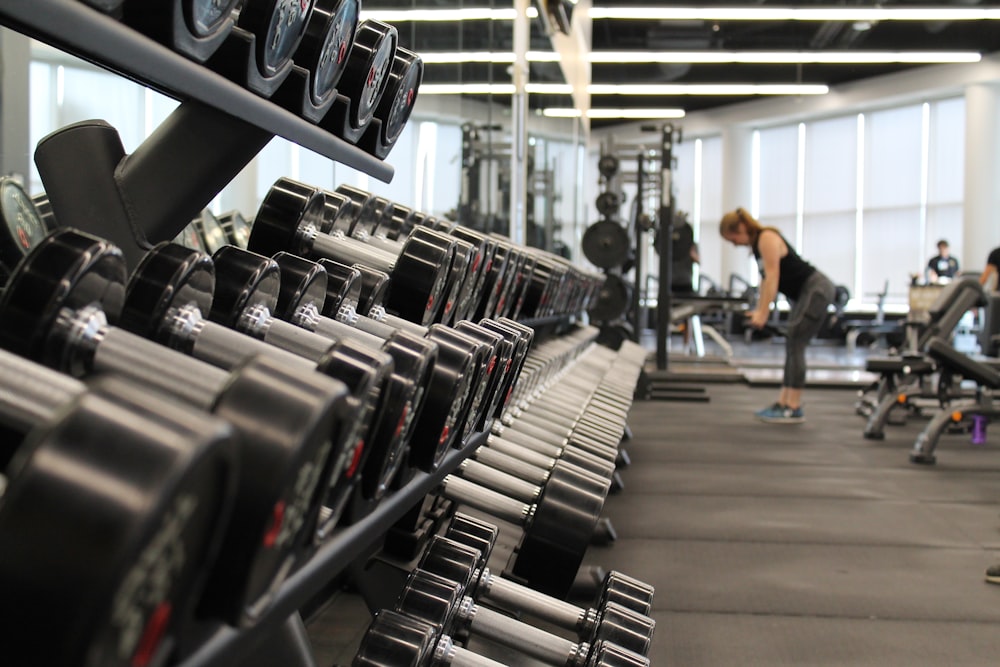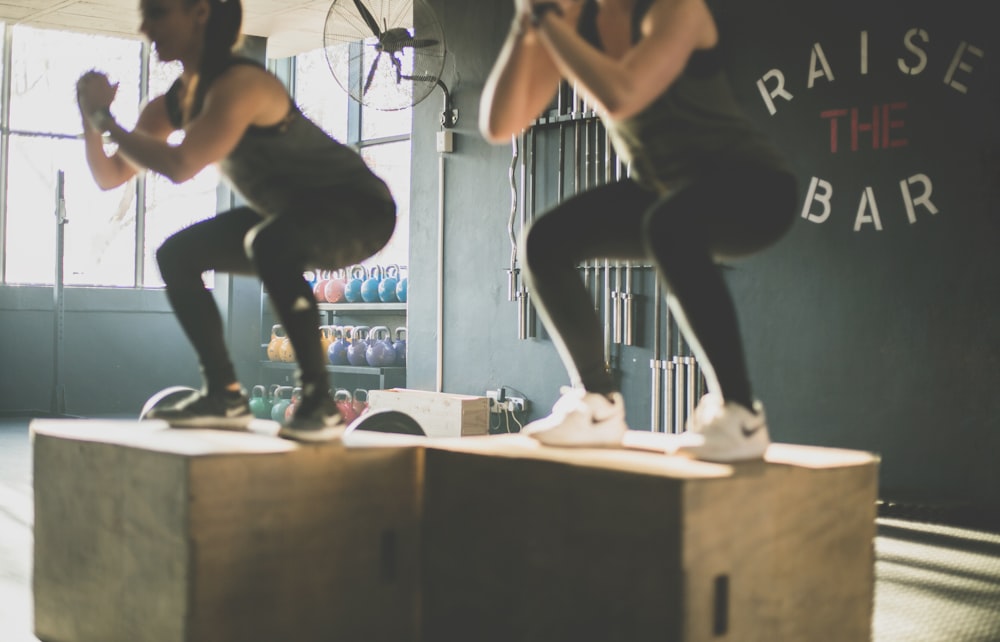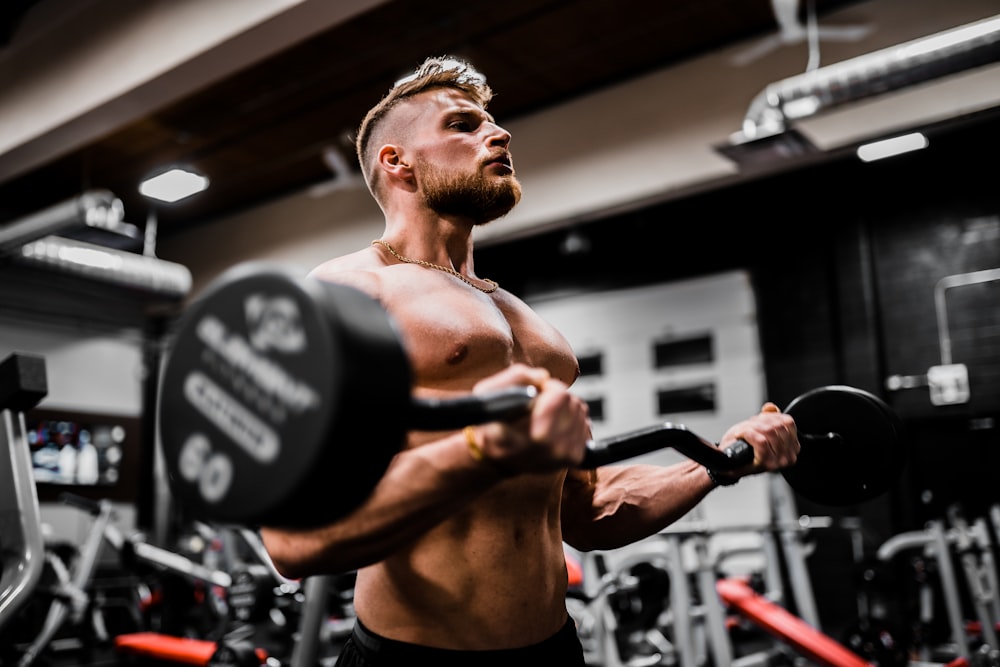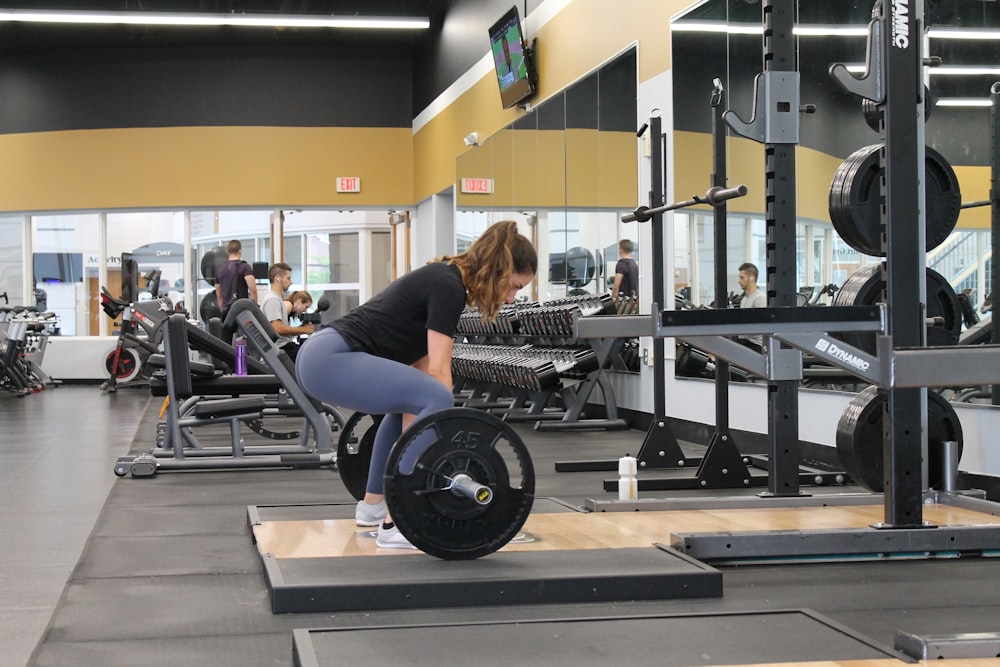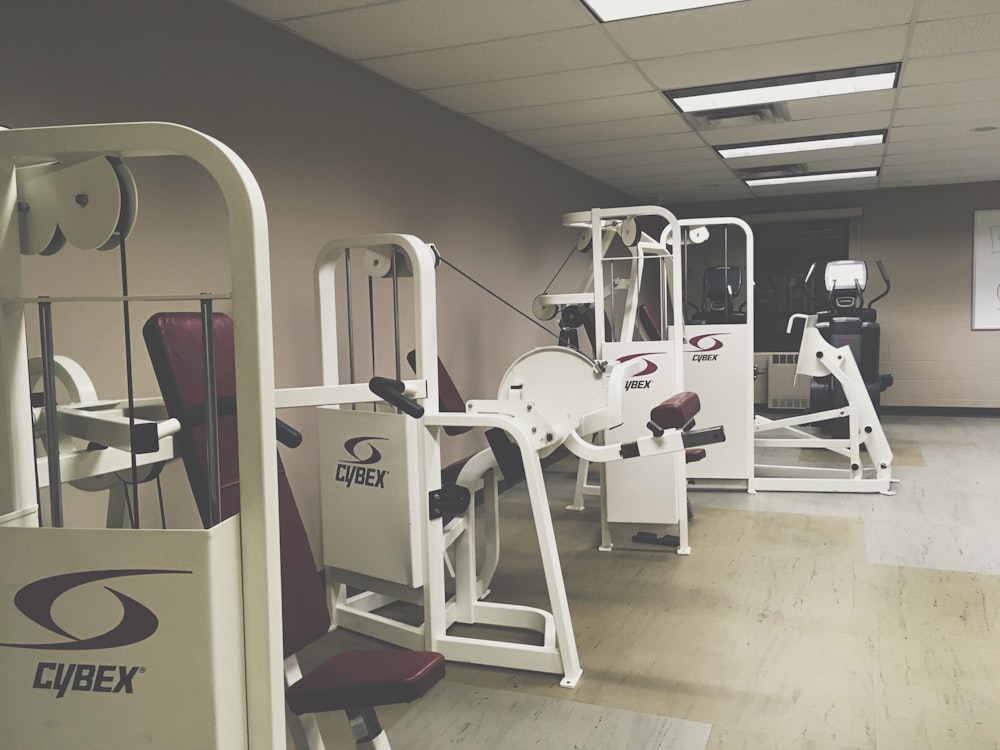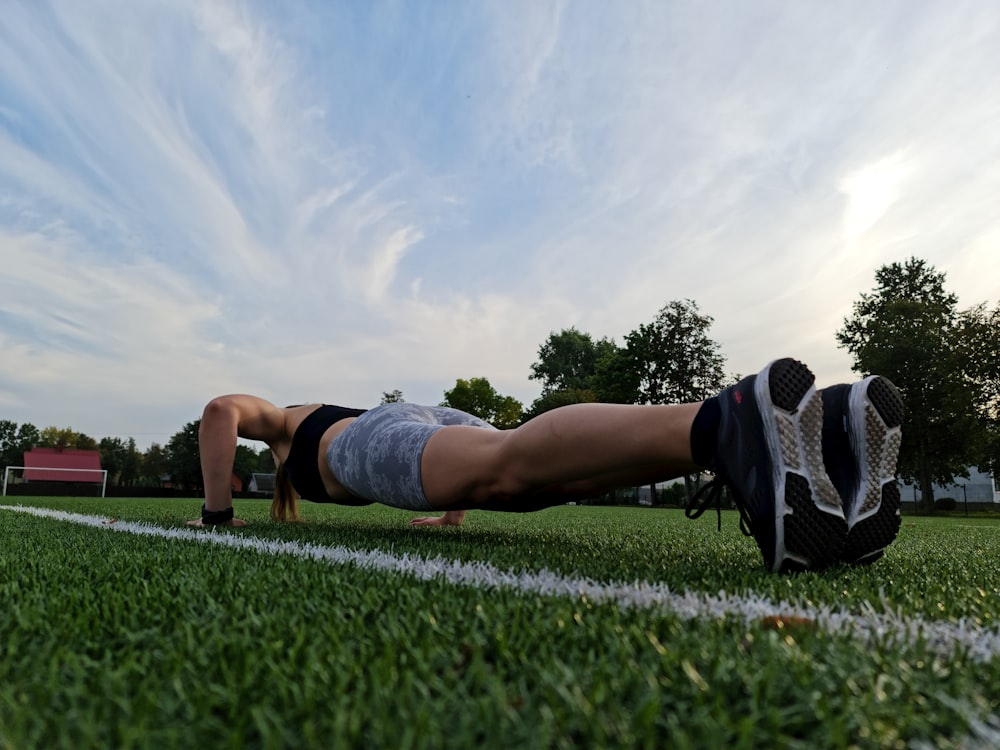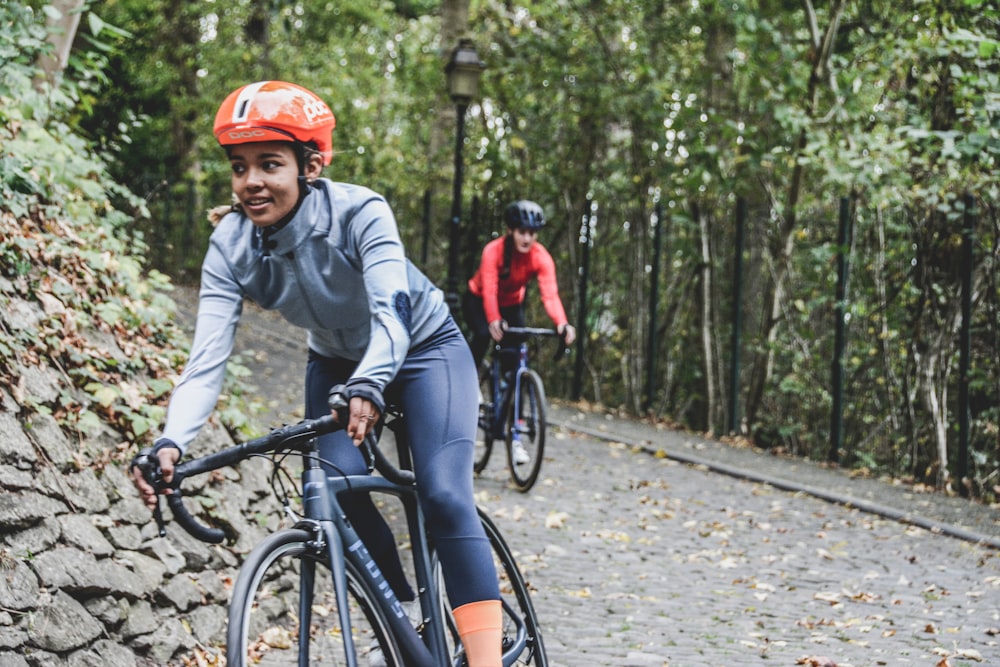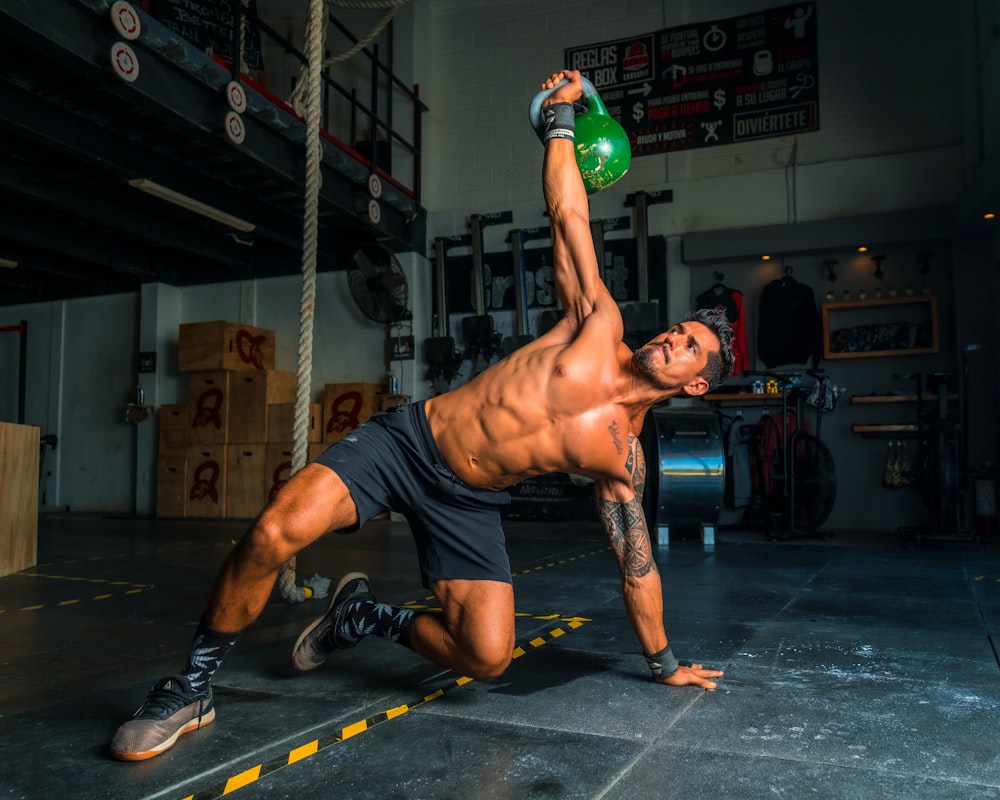Essential Guide to Strength Training for Cyclists: Maximizing Cycling Performance
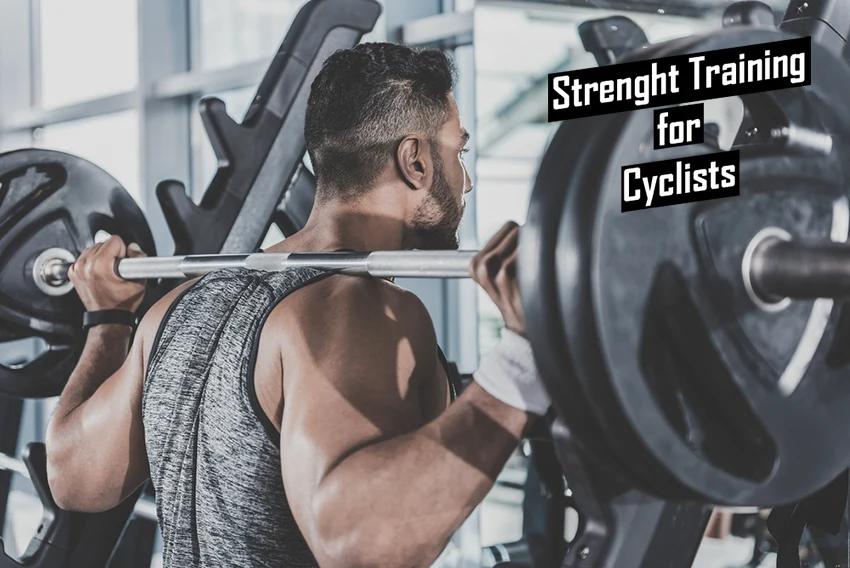
Strength training (or resistance training) is fundamental to performance in any exercise activity or sport.
Including this type of workout in your exercise routine will improve your ability to function in day-to-day life. Consistent strength training can help you maintain your body’s vitality and proficiency in a movement that tends to dwindle as we age.
A whole, comprehensive exercise routine, encompassing both strength and cardiorespiratory activity, adds up to greater benefits than each of the two types would bring on their own. This means that any cyclists who can supplement their rides with some time spent strength training will be much better off and avoid common issues such as low back pain or pain in the hips.
In this article, you’ll learn what muscles are used while cycling, but we cover the different types and benefits of resistance training, followed by key exercises for cyclists.
Lastly, we address a couple of potential issues and answer some frequently asked questions.
Types of Strength Training for Cyclists
Resistance training, much like bicycle exercise, can be as complex or simple as you want to make it. You can have an elaborate training plan created by a coach, or follow some simple guidelines.
Regardless of whether you’re an Olympic weightlifter or someone who just hits the gym on the weekends, how complex you want your training to be is completely up to you.
Thankfully, the primary benefits that interest us as cyclists derive primarily from a basic, consistently executed plan.
Like preparing to go for a ride, it is important to warm up before any resistance workout.
Beginning a workout without preparing the muscles and joints for movement greatly increases the likelihood of injury.
Let’s break it down into three ways to train: endurance, hypertrophy, and strength.
It is worthwhile to note that muscle size, strength, and endurance will improve with all three types, only at varying levels.
1. Endurance
For cyclists, endurance athletes, and most casual exercisers, this is going to be the primary type of training.
The performance of an exercise for endurance will look something like the following:
- Reps: 15-20
- Sets: 3/4
- Rest: 60 seconds
Endurance work is aptly named because it is done with low weights for a high volume of repetitions (12+ reps). Its focus is on the number of times an exercise is done, which in turn increases muscular endurance, the time it takes for muscles to fatigue. Just 30 to 90 seconds of rest is needed between sets in this rep range.
Turning the pedals when cycling is also endurance exercising, but doing it in the gym offers additional benefits.
2. Hypertrophy
Casual weightlifters or bodybuilders use this type of training for aesthetic purposes. In a hypertrophy session, each exercise has a structure similar to the following:
- Reps: 8-12
- Sets: 4-6
- Rest: 1-2 mins
Muscle hypertrophy training is done to increase the size of the muscle, and therefore is not as useful for cyclists and their pedal stroke. Hypertrophy is when the cells of the body grow, and this is optimized by performing most of your workout (70%) in a medium rep range (6 to 12 reps), with moderate weight.
3. Strength
To increase strength consistently it is necessary to train with high weight, and low repetitions (1 to 6 reps).
Let’s take a look at how you would complete an exercise to build strength:
- Reps: 3-6
- Sets: 5
- Rest: 2-3 mins
The amount of sets varies from 2-6. Training with high weight uses the body’s anaerobic energy system (which we explain in detail in our article here), which requires more time (2-3 minutes) to replenish than aerobic (endurance/hypertrophy).
This type of training is useful to increase muscle power in the legs for sprinters or time-trial cyclists, especially in the quads, but the torso is important as well.
Note: The pressure put on joints and muscles with high weight requires a more thorough warm-up.
Tempo and Muscle Contractions (Eccentric, Eoncentric and Isometric)
Tempo refers to the speed at which you complete each part of a movement. The tempo used can change the results of a given exercise, as each of the three contractions in a movement is unique.
Isometric muscle contractions (like staying at the bottom of a squat) are used regularly in sports such as cycling, to train stability and power. Eccentric-focused strength training is common in rehabilitation for injuries that we develop during activities like cycling.
Let’s use a bicep curl to help us understand each phase.
- Concentric: This is when you bend your arm and your muscle contracts and shortens. With the bicep curl, when you curl the weight upwards, your bicep shortens until your elbow joint reaches its maximum range of motion.
- Isometric: An isometric contraction is when there is no movement in the joint or muscle. During a biceps curl, it’s the squeeze that occurs when your elbow joint reaches the end of its range of motion upon lifting the weight upwards.
- Eccentric: This is the lengthening phase of the movement where the muscle is under tension when you lower the weight and the bicep lengthens.
It’s important to frequently change the tempo, reps, and sets to enhance muscle adaptation and help your muscle fibers achieve strength gians.
Free Weights vs. Machine Weights
There is one vital difference between training with free weights (dumbbells/barbells) when you compare it to machine weights.
Free weights require the use of stabilization muscles and secondary muscle groups to correctly perform any movement. These muscles help you maintain balance and stability while controlling the weight throughout each phase.
Excellent free weight exercises to help improve your cycling include:
- Deadlift
- Barbell back squat
- Kettlebell swing
- Russian twist
- Palloff press
- Bench press
Machine weights are very valuable in certain situations, for example, to strengthen specific muscle groups while rehabilitating an injury without putting added pressure on the sore area.
Free weight exercises are more beneficial for the body. However, they require more concentration, as well as an understanding of technique (form) and positioning to perform correctly. Once you are confident you can execute a given movement with the correct form, you can begin adding weight.
For example, start with bodyweight squats and then progress to weighted squats once your technique is correct. Having a trained eye or a mirror to practice a movement alongside is key.
Bodyweight Training
Bodyweight training, sometimes referred to as calisthenics, is strength training that is done with one’s own body weight as the resistance, and little to no equipment.
This type of training generally uses large muscle groups instead of targeting individual muscles, like how regular weight training often does (specifically machine weights).
Common bodyweight exercises for the core and lower body include:
- Squat
- Plank position
- Lunge
- Burpee
- Box jump
- Calf raises
Bodyweight training is perfect to supplement your bicycle workout, as it can be done anywhere and in very creative ways.
As cyclists, we want to primarily focus on lower body and core exercises to both improve and balance out our cycling practice. These muscles are easily targeted with bodyweight exercises.
Instead of using more weight as you get stronger, bodyweight exercises can be made more difficult (progressed) by adding longer eccentric and isometric phases, single-leg versions, or a resistance band.
What Are the Benefits of Strength Training?
There are various benefits derived from strength training ranging from injury prevention and performance gains to increasing bone density and reversing aging. Let’s take a look at 7 of them.
1. Prevent Injury
Almost all cyclists, amateur and professional, will experience a cycling-related injury from riding at some point. Most overuse (non-impact) injuries occur in the back, wrists, and lower body, especially the knees.
Anyone who visits a physiotherapist for an injury will know that progressive resistance exercises are fundamental to help with the recovery process. The good news is that you can also help prevent injuries with similar strength training.
Devoting some of your exercise time to strengthening the muscles and joints that are used on the bike will help you avoid imbalances in your muscles, as well as some of the frustrating overuse injuries that plague cyclists.
2. Stability & Balance
Good stability and balance are fundamental to performing any movement efficiently and effectively, both on and off the bike. Strength training (especially bodyweight and free weight exercises) develops all the little muscles that we need to stabilize us throughout our day.
As we age, maintaining a good balance becomes even more vital. Among American adults, falls are the number one cause of injuries and death by injury as of 2016. For older adults, the coordination and control that comes from training may be the difference between falling or not.
3. Bone Density
Strength training has been shown repeatedly to increase bone density in adults of all ages and is prescribed by physicians as a preventative measure for osteoporosis and other bone density-related issues.
Even more pertinent to cyclists, recent research by a team of scientists at Crozer-Chester Medical Center in Pennsylvania suggests that “road cycling is a risk factor for the development of osteopenia or osteoporosis”. Although for most casual cyclists this is not a huge issue, the negative outcomes of any impact or fall are higher for individuals with lower bone density.
Moreover, grip strength is a big indicator of health in older people, which can be improved with a strength training program.
4. Muscle
To build and maintain muscle mass, strength training is necessary. Those who enjoy cycling can easily neglect their upper body muscles and rely too heavily on cycling to keep their lower body strength.
Strength training like any other exercise helps you burn calories. It also helps maintain or build muscle mass, and because muscle burns more calories than fat, your body will simultaneously burn more calories both during exercise and at rest (due to the increased resting metabolic rate).
5. Increased Power & Economy
Using a muscle in a targeted way, and progressively loading it by adding more resistance (weight, intensity) will increase the time it takes for that muscle to fatigue and the maximum strength that it can produce.
Strength training has been shown in competitive cyclists to improve cycling economy, the amount of oxygen used below maximum effort, and time to exhaustion at maximum output.
By doing a resistance exercise such as a squat, you can increase the amount of power your lower body can produce both on and off the bike. Because individual body parts connect and work as part of a system, by training your core you can increase overall stability, power generation, and force transfer from hand to foot.
Fatigue & DOMS
Fatigue is part of any exercise endeavor when done for long durations or at high intensity be it riding a bike casually or at an Olympic event.
There is no reason that strength training should cause long-term fatigue if the correct recovery habits, like mobility, sleep, and nutrition are in place.
DOMS (delayed onset muscle soreness) is soreness due to muscle growth, the day or two following a strength workout is when you will notice it the most. This soreness occurs most noticeably after your first time working for a specific muscle group but generally doesn’t persist past a few days.
Endurance strength training doesn’t create DOMS as much as hypertrophy and strength-style resistance training.
Frequently Asked Questions
What muscles does cycling work?
The primary muscles used while riding a bike are the quadriceps muscles (four muscles in the front thigh), the glutes (buttocks), and the hamstrings (back of the thigh). The calf muscles (lower leg), shoulders, core, and arms, are used in a more secondary capacity.
Is cycling good for your abs?
Although cycling requires abdominal strength for stabilization and power transfer when performed at a high level, the abdominal muscles are not used enough to create any growth or strengthening. For most cyclists, strength training exercises are required to build the core muscles.
What is lean vs bulked?
Being lean can be described as having low body fat and defined muscle tone. This occurs primarily through weight training with lower weights and higher reps (endurance). Cyclists generally prefer this type of look as muscle strength and endurance is present without added size and mass.
Bulking is the process of adding as much muscle mass as possible without consideration of body fat percentage. Football and rugby players generally focus on strength and size rather than adding lean mass, not what is needed for a cyclist body.

